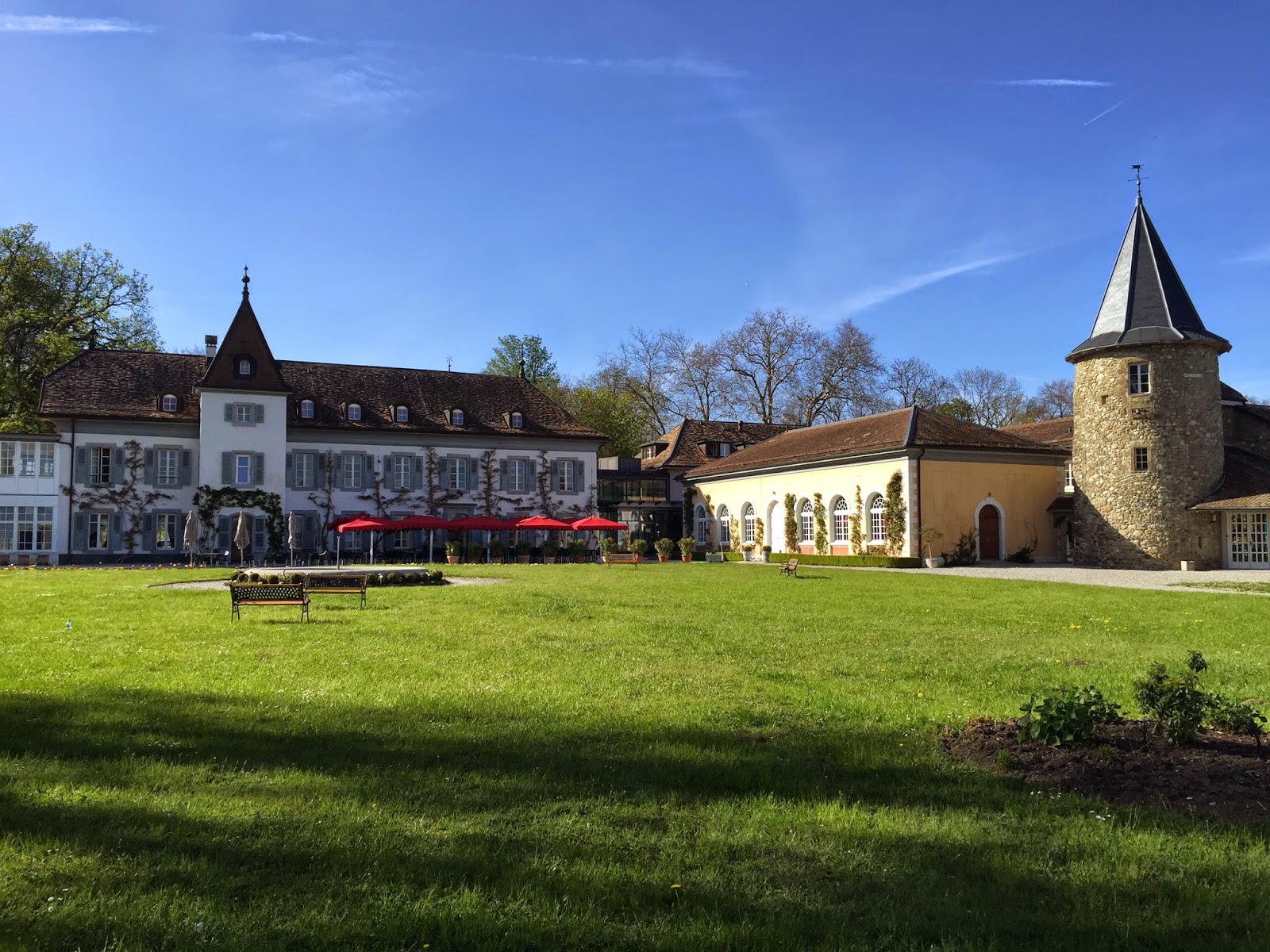 |
| Nigerian refugees fleeing Boko Haram attacks, waiting to be registered in Chad. Photo: UNHCR |
No one could have failed to notice the widespread and tragic suffering currently being wreaked on the people of Syria by ongoing
conflict between the government, rebels and extremist groups. The international media has been flooded with
photos of men, women and children displaced by the conflict and arriving –
traumatised, weary, relieved – on European shores. As at October 2015 UHNCR has registered more than 4 million Syrian refugees, mostly in neighbouring countries such
as Turkey, Lebanon and Jordan. That
figure does not include the more than 7.6 million internally displaced persons
still within the country.
There is no doubting the devastating human
impact of the Syrian crisis. The
European Commission has described it as the world’s largest humanitarian crisis since World War II. And no one would question the urgent need for
the international community to provide life-saving assistance and access to protection for those displaced.
But while the world watches Syria, what has been happening elsewhere?
Did you know, for example, that violence in
the Central African Republic (CAR) has forced almost a million people from
their homes and, according to UNHCR, left some 2.7 million people in dire need of aid? Or that ongoing violence in the region linked to Boko Haram
has left more than 2.5 million people in four countries homeless? On 27th June this year, a
single attack on the Nigerian village of Assage Nigeria forced approximately 6,000 people to flee for their lives. In
South Sudan the numbers of displaced have passed 2.6 million, and yet UNHCR’s
operations there are currently only 28% funded.
Africa is by no means the only other region
affected by violence and displacement, but with numbers like these, why is news
of Nigeria, South Sudan and CAR not splashed across our screens? So-called ‘mega-crises’ such as that currently
taking place in Syria can open the eyes of the international community to the
plight of those affected by war, conflict and insecurity. Sometimes that awareness can help to galvanise
the community into action. Tragically,
however, that action is not spread evenly across all those who need it.
In Europe, the growing disparity between
the treatment of Syrian refugees and those from other countries is being
increasingly felt, with workers accusing European governments’ pro-Syrian
favouritism of creating a ‘humanitarian caste system’. In Australia, while the government generously
announced plans to resettle some 12,000 Syrians by the end of the year, it continues to lock up most of the rest of the
country’s asylum seekers in over-crowded and unsafe detention centres.
The world should open their hearts to
Syrians. But they should also open their
hearts to Iraqis, Afghanis, Nigerians, South Sudanese and the many other communities who have had their homes and lives torn apart by violence and disaster. We cannot applaud our generosity to some
while continuing to ignore everyone else.





